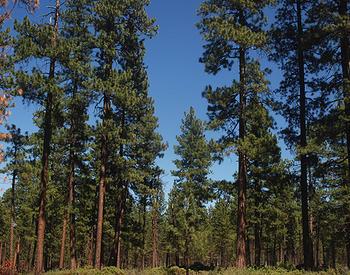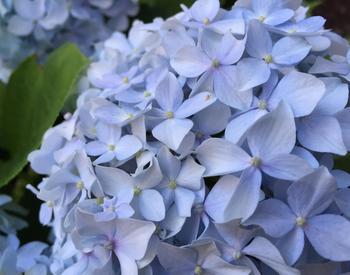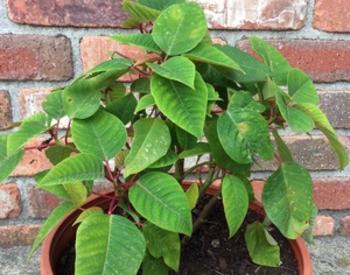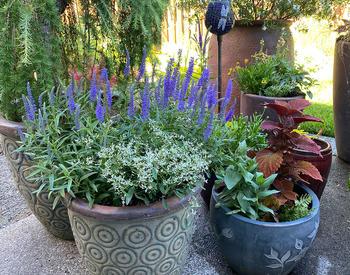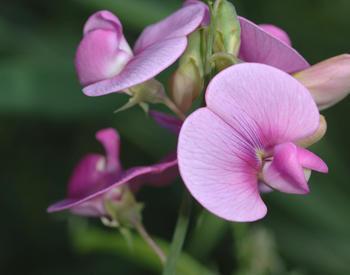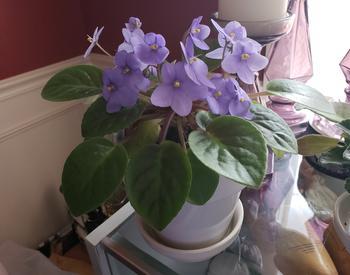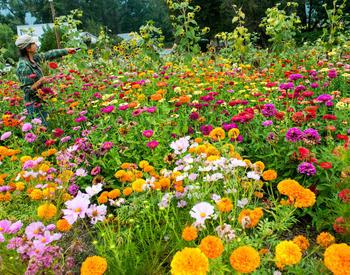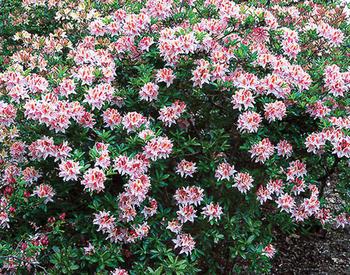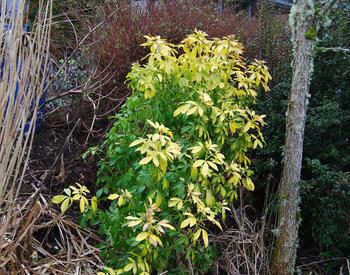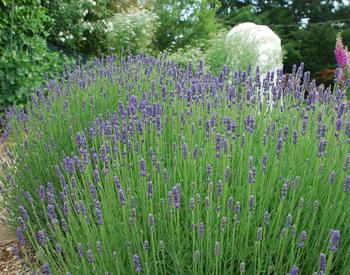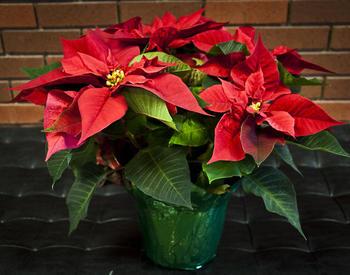A fast growing, broad-leaf tree, reaching over 150’ tall and 3’ diameter on good sites. Short-lived. Prefers moist but well drained soils. Typically found along streams and on floodplains. Very common in Jackson & Josephine County lowland streamside areas. Well suited for shade and bank stabilization.
A hybrid poplar is a black cottonwood crossed with another cottonwood species, such as eastern cottonwood. Hybrid cottonwoods may grow even faster than our native cottonwood, but are not necessarily as well adapted to the local environment, as one of the parents is non-native.
Planting
Often planted as a cutting and sometimes as a rooted cutting.
Natural Regeneration
Re-sprouts vigorously from stumps or roots after cutting or fire. Small branches that break off a tree can float downstream and take root in moist soils. Female trees produces millions of lightweight seeds (the “cotton” of cottonwood) that can be carried for long distances by wind or water.
- Stream-side Planting Zones: 1-2. Sometimes found in Zone 3 on larger streams or rivers when subsurface moisture is abundant.
- Tolerance to flooding: HIGH
- Tolerance to shade: LOW
- Tolerance to drought: LOW
